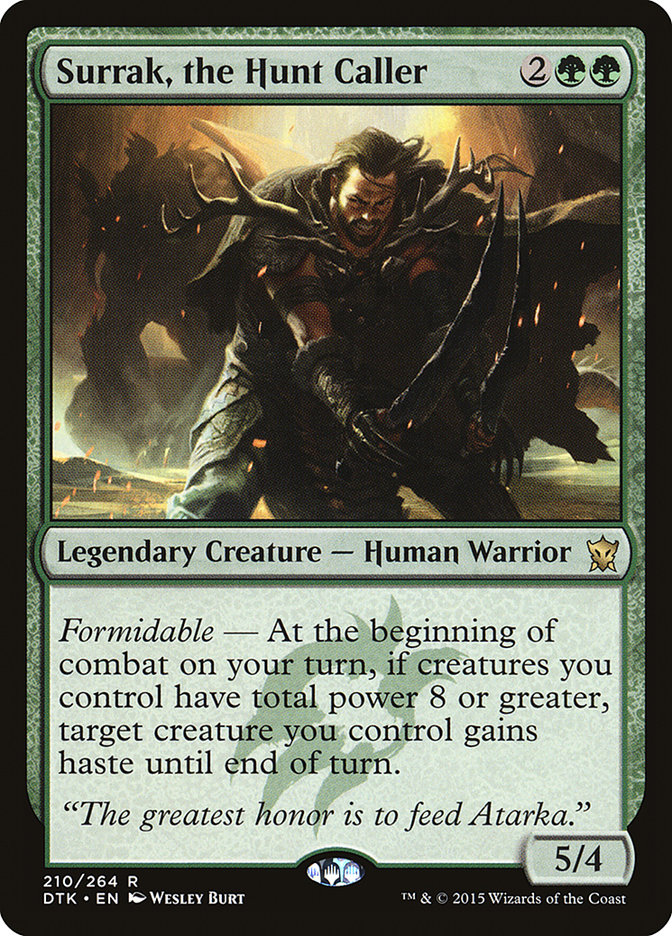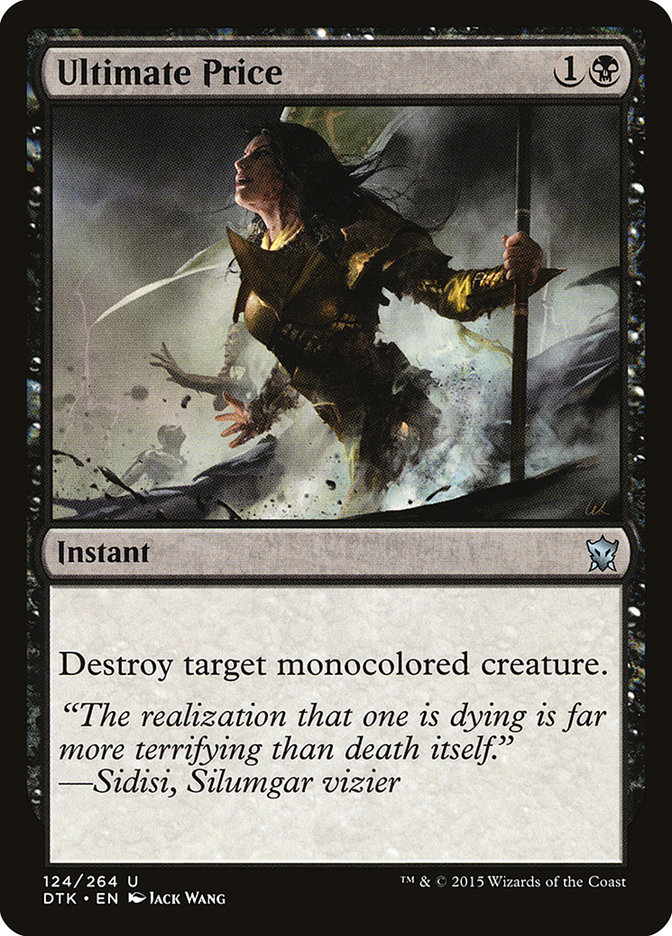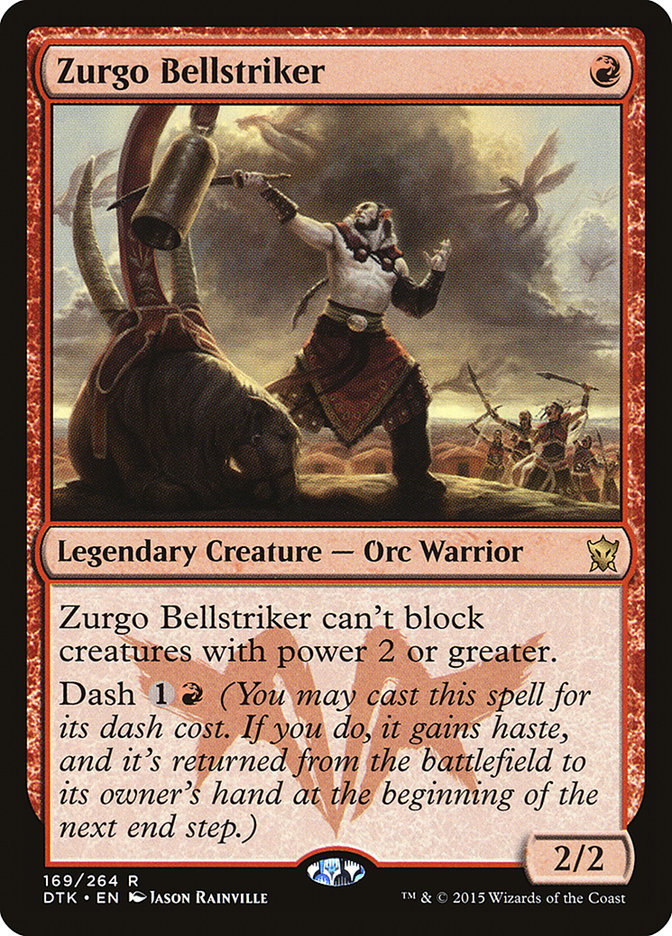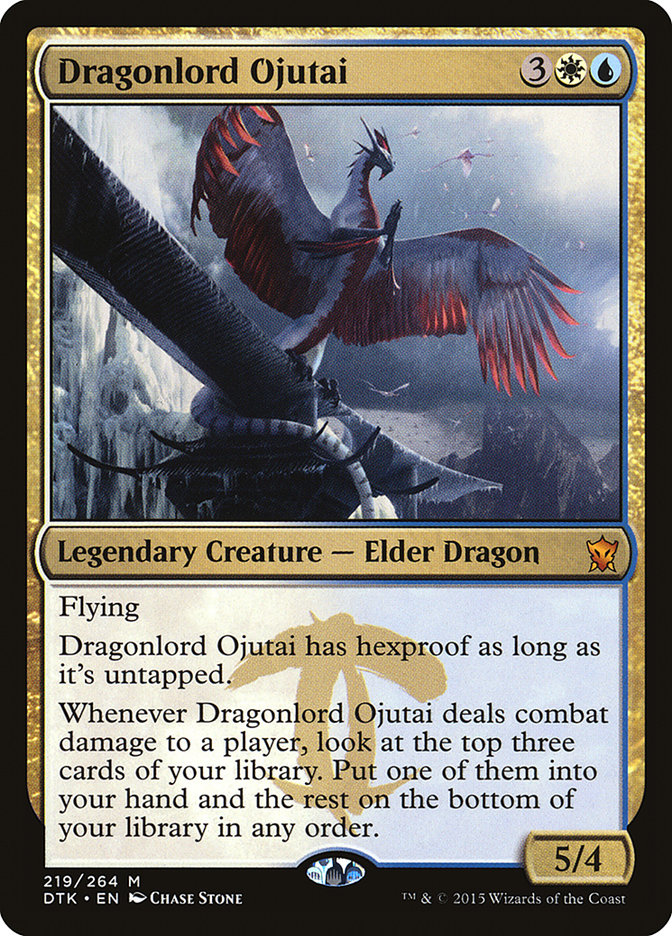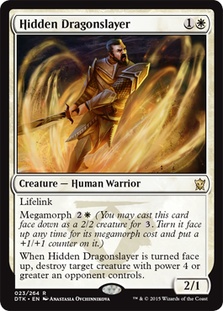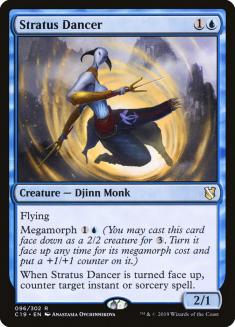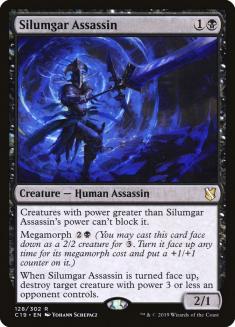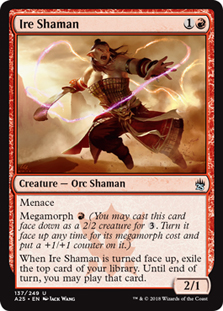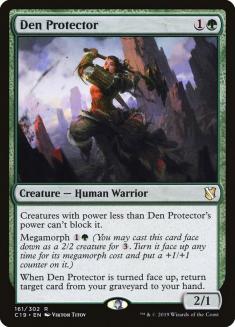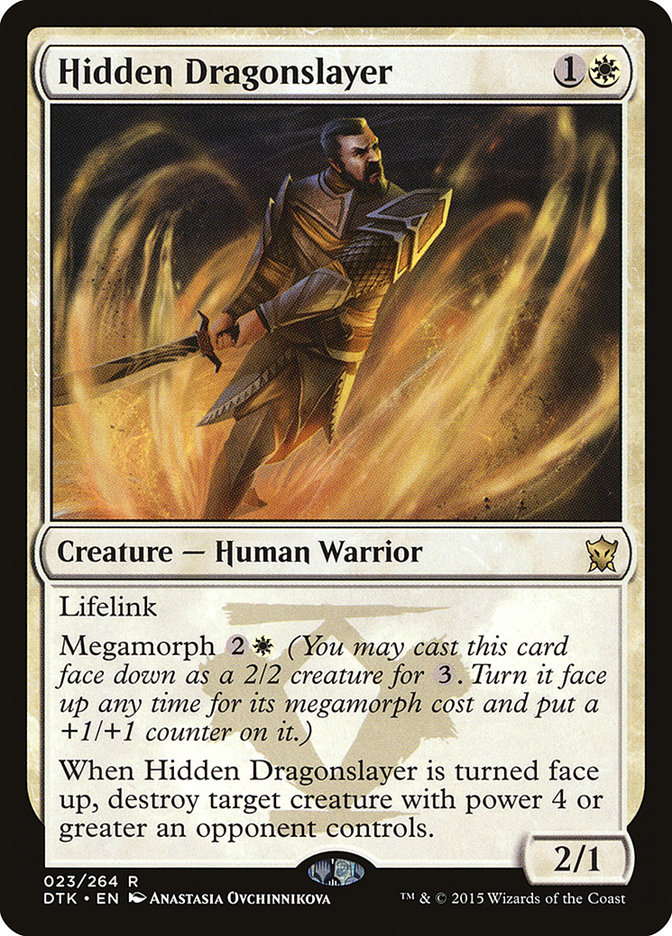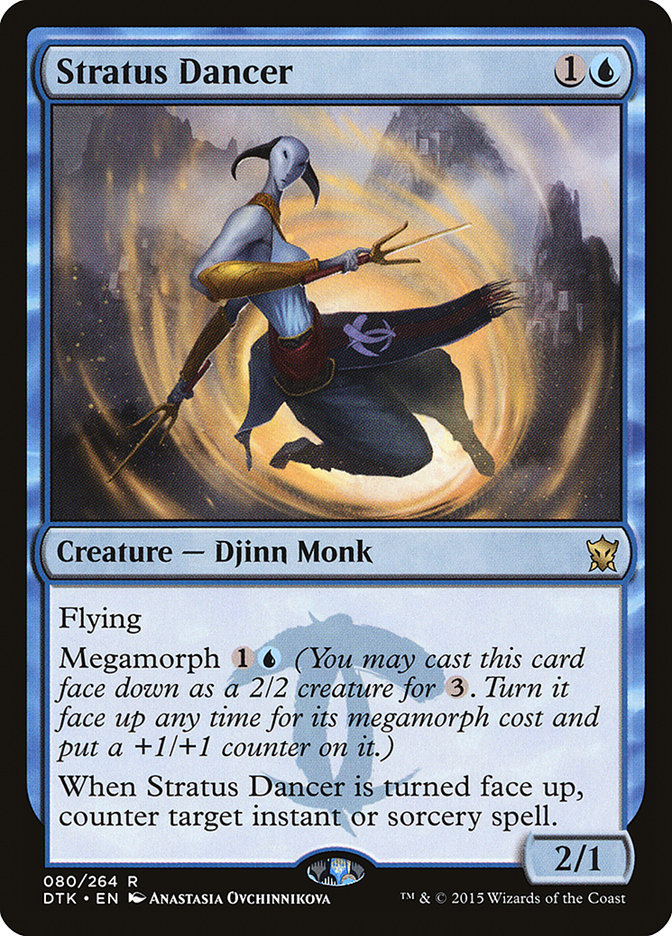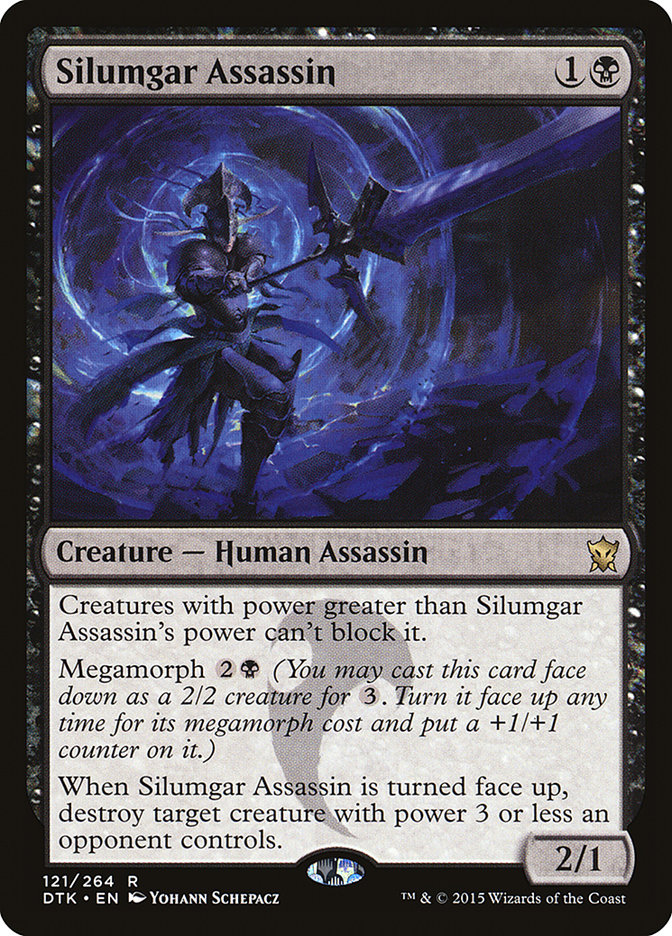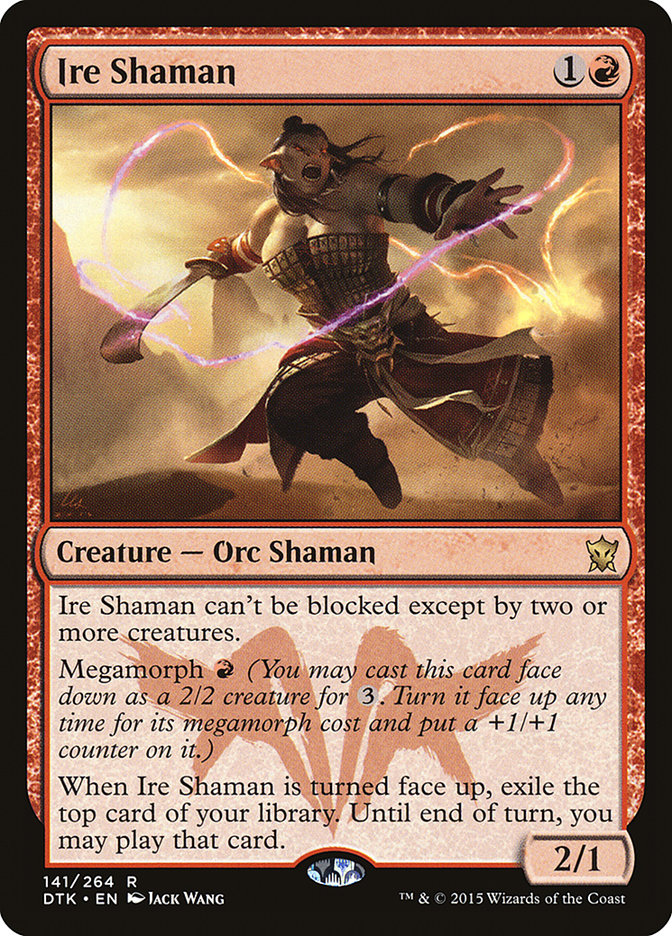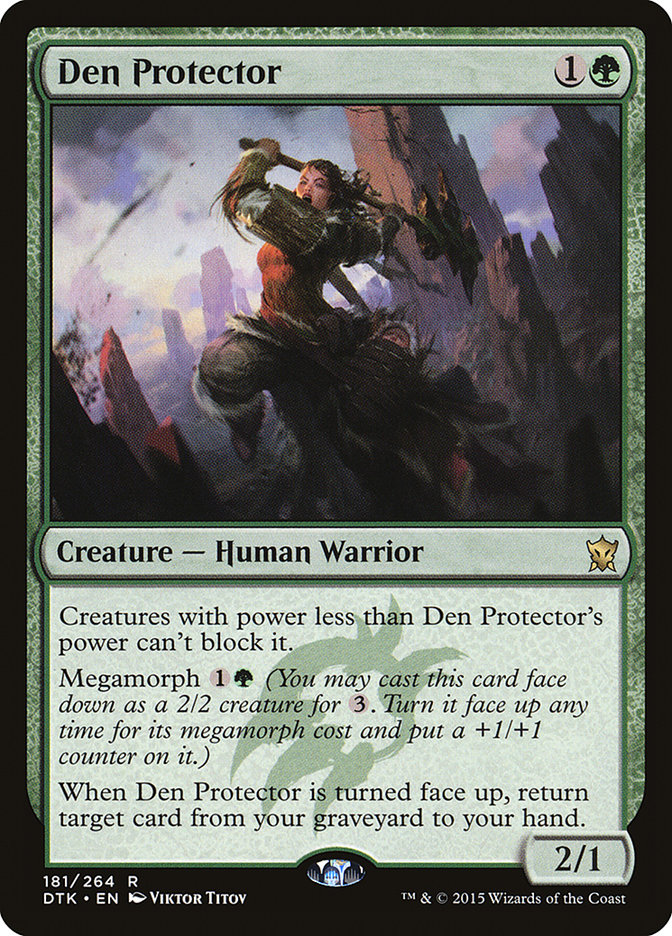We are on the precipice of one of the most interesting Invitationals ever.
While we have had Opens on release weekends, we’ve never had an event as important as an Invitational on one. Release weekend Opens have been wild affairs,
as players bring out all sorts of new brews. Some end up defining the format, some fail fantastically. As someone who has been on both sides of that
equation, it can be very hard to tell which way your deck is going to break.
Trying to imagine what all of the new decks are going to look like is a pretty tall order, but the important step before that is identifying which cards
have what it takes. Today we are going to look at some of the major cards to watch for this weekend. Where they will end up I am not sure, but I am pretty
sure that most of these will be making their presence felt.
Let’s start with the beef. Surrak, the Hunt Caller has been an interesting card, as I feel like a number of very good players are singing his praises, but
nobody is really noticing. I just preordered my playset at $1.99 each, and there are still a bunch of them in stock while many other worse but more hyped
cards are sold out.
While Surrak is missing the fifth point of toughness that would truly push him into the stratosphere, even as a 5/4 he is quite the monster. Formidable is
not that difficult to turn on in such an on-the-board format, and the payoff is huge. A 5/4 haster for four mana would already be quite the
threat, but having him also be a Fires of Yavimaya will end games mighty quickly.
Interestingly enough, while him having and granting haste makes him seem like he would be a natural fit with red cards, that is not necessarily the case.
Considering that the red five-drop mostly likely to follow him on the curve is Stormbreath Dragon, it is very possible that Surrak will be even better in
non-red decks.
The fact that we can talk about what different kinds of decks that Surrak will slot into is part of what makes him such a good card. 2GG is a very
reasonable mana cost, which can slot into a wide variety of decks. The only real requirement is that you are playing a reasonable amount of green mana
sources in your deck. We are used to the best four-drop in the format, Siege Rhino, being extremely demanding on our mana, and as we can see from cards
like Savage Knuckleblade, power level isn’t really relevant if no reasonable deck can cast you.
I would be extremely surprised to see zero copies of Surrak in the top 8 of the Invitational.
Chance to appear in a Richmond Invitational Standard top 8 decklist:
92%
When gambling, there are always things that you are ecstatic to get your money in on: flopping a set in poker. The 1 seed versus the 16 seed. Derek Jeter at bat with the game on the line. Not quite “sure things” but basically as close as
you can get.
Ultimate Price is one of those easy bets.
I don’t think there is a card in the set that is more likely to be in a top 8 decklist than Ultimate Price. It’s not that flashy or interesting, but
Standard has been dying for a reasonable two-mana removal spell that can kill large creatures for a very long time now.
While there are definitely format defining creatures that Ultimate Price can’t kill, such as Siege Rhino, Mantis Rider, Fleecemane Lion, and so on, there
are an absolute ton of creatures it does kill, ranging from the lowly Zurgo Bellstriker to curve toppers like Whisperwood Elemental. Ultimate Price is
definitely not an end-all be-all removal spell like Terminate or anything, but it is going to be a major player for the entire time it is in Standard.
Chance to appear in a Richmond Invitational Standard top 8 decklist:
94%
I cast quite a few Isamaru, Hound of Konda back in the day, very often alongside the OG Savannah Lions, and I was very happy about it. Two power on a
one-drop creature was the magic number back then, and while they are a dime a dozen now, getting them in red is still a very big deal.
There’s a very good reason why white got Savannah Lions and red got Jackal Pup.
There’s also a very good reason why Jackal Pup was such a better card than Savannah Lions.
(Here’s a hint – it was the same reason.)
One-drops are the most important part of an aggressive red deck, and considering red decks are currently playing trash like Foundry Street Denizen and
Firedrinker Satyr and still winning, we can see what an upgrade something like Zurgo Bellstriker is.
Rakdos Cackler saw a ton of play when it was Standard legal, and Zurgo is almost strictly better. It can actually block some things – most importantly a
Goblin Rabblemaster token the turn you play it – and can also come right into the red zone after a sweeper or off the top of your deck; dash is not a
mechanic to be underestimated and adds a whole new dimension to the card.
Of course, the downside is that like Isamaru, Hound of Konda, he is legendary. An extremely interesting choice as far as game design goes, this means that
Zurgo creates some deckbuilding tension. You want him early and often, but you don’t want to be stranded with extra copies.
Even with him being legendary, it is very likely you want the full set. Red one-drops aren’t usually long for this world anyway, and if he does live, it is
likely you are winning. There were definitely many decks that played four Isamaru, and I would not be surprised to see lists with four Zurgo.
Of course, the only thing keeping Zurgo’s chances at being in the top 8 of Richmond down is the fact that he only really wants to be in one kind of deck.
If aggressive red decks have a bad tournament, Zurgo will likely not be showing up. Even so, with so many excellent red cards being printed alongside him
like Lightning Berserker and Dragon Whisperer, I would not be at all surprised to see a Mono-Red deck in top 8.
Chance to appear in a Richmond Invitational Standard top 8 decklist:
74%
Dragonlord Ojutai is really good. Essentially Prognostic Sphinx – an already reasonable card – on crack, Dragonlord Ojutai is difficult to kill, hits hard,
and snowballs very well with each subsequent attack. For five mana, that is quite a bargain, and it feels like Dragonlord Ojutai could be a premier threat
in the format.
The issue, of course, is where does it go?
Dragonlord Ojutai is sorta stuck in the middle. It’s too expensive to be a good aggressive curve-topper, as five mana for a non-haste creature is not
really what you want for a traditional aggressive deck. It is also not completely invulnerable as something like Sphinx of Jwar Isle or Aetherling, which
makes it a bit unwieldy as a control finisher. Most current control decks are trying to stay away from including any creatures to blank opposing creature
removal, and Ojutai doesn’t fit that goal.
Just because Dragonlord Ojutai’s place isn’t immediately obvious, however, doesn’t mean that he doesn’t have a place.
Maybe he can play alongside the dragons-matter cards like Orator of Ojutai and Silumgar’s Scorn? Maybe he can be friends with Heliod, God of the Sun since
granting Ojutai vigilance is amazing and it’s a hard to remove source of devotion? Maybe control decks will want it and can just use countermagic and
Valorous Stance to protect it?
While I’m not really sure how he will be used, I won’t be surprised in the slightest if he is.
Chance to appear in a Richmond Invitational Standard top 8 decklist:
53%
The last cards we are going to look at are the two-drop cycle of megamorphs, which are some of the most difficult cards in the set to evaluate.
One of the easiest ways to evaluate cards is to look to the past and compare them to old cards, and morph does not have the best pedigree when it comes to
Constructed cards. While there have been a few exceptions, most morphs have just been far too unwieldy for Constructed play, and if there is ever a morph
in play in Constructed, you usually have a very good idea of what it is already.
These cards are different, however.
On the front side, they are all reasonable two-drops. While a 2/1 for two mana with a marginal ability is definitely below the curve, having the option is
very useful. Three mana 2/2s are clunky, and drawing too many of them can really slow you down. Having the option to just play any of these as a reasonable
two-drop is fantastic.
Once they are facedown, they all have very cheap morph costs and also get the bonus of being even bigger when they flip up. This gives them a kicker/modal
sort of feel, and we all know options are a good thing to have. Each flip also provides direct card advantage, which means they are cheap but also scale
very well late into the game.
While perhaps one of the best triggers in a color that could use the help killing large creatures, Hidden Dragonslayer has one of the weaker, non-evasive
abilities in lifelink and the highest of all the flip costs. It is also terribly ironic that it can’t slay the best dragon of the bunch in Stormbreath
Dragon.
Still, Hidden Dragonslayer does some good work, and it definitely fills a pretty important niche in a more flexible manner than Valorous Stance.
One of my favorites of the cycle, a flipped Stratus Dancer has to be a total blowout. Getting a Negate alongside a 3/2 flyer is quite the deal, but the
real issue is that Stratus Dancer is going to be fantastic against some decks and only mediocre against others.
Even when it’s bad, a 2/1 flyer for two mana really isn’t that far off curve. Don’t sleep on evasive attackers with extra utility. Stratus Dancer seems a
bit more likely to end up in sideboards, but it is a powerful card.
Definitely the dud of the group, Silumgar Assassin features a restrictive trigger with a high mana cost that is not going to do anything against some decks
and an awkward form of evasion that gets worse when you megamorph it.
Of the five, Silumgar Assasin is by far the worst.
On the flip side, Ire Shaman seems like one of the best. A difficult to block 2/1 in red is fine, and once morphed Ire Shaman essentially just becomes a
Stormblood Berserker that will draw you a card. Red rarely gets to draw cards cheaply, and putting card draw on a cheap, aggressive creature is fantastic.
I would be very surprised if Ire Shaman doesn’t see any play.
Lastly, we have Den Protector. Like Ire Shaman, Den Protector features a flip trigger that is going to be good almost all the time and doesn’t require our
opponents to have specific types of cards in play or on the stack. Also like Ire Shaman, Den Protector features a very good evasive ability that gets even
better when it is megamorphed.
Den Protector is the safest pick of the five and the most likely to see play.
The big questions are, of course, which will see play, and will they do so in a supplemental role or as part of a main strategy with a card like Obscuring
Aether?
Chance for any of the five two-drop megamorphs to appear in a Richmond Invitational Standard top 8 decklist:
89%
There are a ton more possible cards from Dragons of Tarkir just waiting to crack into the top 8, as this is one of the more powerful sets in recent memory.
The stage is set. Now we get to see which ones really have what it takes.


